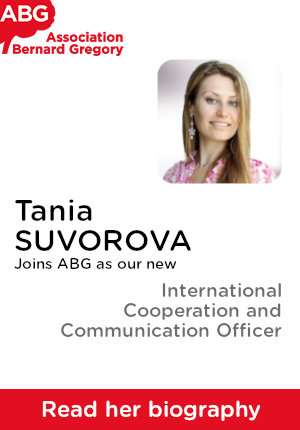sustainable surface treatment methods for superconducting radiofrequency (SRF) cavities
| ABG-133818 | Sujet de Thèse | |
| 14/10/2025 | Autre financement privé |
- Chimie
- Matériaux
- Sciences de l’ingénieur
Description du sujet
The European Organization for Nuclear Research (CERN) develops cutting-edge particle accelerator technologies with a focus on reducing the environmental footprint of its infrastructures. This PhD project will investigate innovative, sustainable surface treatment methods for superconducting radiofrequency (SRF) cavities, critical components of large accelerators that generate the electromagnetic fields used to accelerate particles.
CERN employs SRF cavities made from high-purity bulk niobium or niobium-coated copper. The performance of these cavities depends heavily on the quality of their inner surface. At CERN, electropolishing (EP), an electrochemical process that smooths and cleans the surfaces, is the standard treatment. This project will explore greener and more efficient alternatives to current EP techniques for both niobium and copper cavities.
The research programme will include:
Pulsed EP for copper cavities - Evaluate the feasibility of pulsed electropolishing to replace conventional DC EP, from sample-scale trials to full-size 1.3 GHz and 400 MHz cavities, aiming to optimise surface roughness at both micro and macro scales.
DES-based EP for niobium - Replace the current Buffered Chemical Polishing (HF, HNO3, H3PO4) with a deep eutectic solvent (DES) electrolyte. Select suitable solvents, define operating parameters, simulate the process for cathode design, and test on 1.3 GHz cavities to assess performance impact.
DES-based EP for copper and alloys - Investigate the applicability of DES electrolytes to copper and Cu-based materials (e.g., W:Cu), optimising process parameters and assessing surface quality.
This work will contribute to more sustainable manufacturing of SRF cavities while supporting CERN's mission to develop environmentally responsible accelerator technologies.
Prise de fonction :
Nature du financement
Précisions sur le financement
Présentation établissement et labo d'accueil
The PhD candidate will be hosted at CERN (Geneva - Switzerland) in the Surface Coatings and Chemistry section under the supervision of Dr. Guillaume Rosaz, the section leader, Leonel Marques Antunes Ferreira the principal chemical engineer and Benoit Teissandier, the chemical analysis laboratory responsible. The thesis will be carried out in collaboration with Institut UTINAM from Université Marie et Louis Pasteur (Besançon - France) under the academic supervision of Dr. Marie-Laure Doche and Pr. Jean-Yves Hihn.
Short periods in Besançon may be scheduled.
Site web :
Intitulé du doctorat
Pays d'obtention du doctorat
Etablissement délivrant le doctorat
Ecole doctorale
Profil du candidat
Holding a master degree in Material Science, Material Chemistry or Chemical Engineering, the candidate should have a solid scientific and technical background in physical chemistry and surface characterization of metallic materials. Skills in the fields of electrochemistry and galvanic surface treatments will be appreciated.
A strong involvement in experimental approaches is expected from the candidate.
She/He will be assisted in the development of a modelling approach (using a commercial finite element software) to support experimental results.
As the project involves two laboratories (CERN and UTINAM) in two remote places, she/he must adaptable and have good communication skills.
Speaking French is an additional asset
Vous avez déjà un compte ?
Nouvel utilisateur ?
Vous souhaitez recevoir nos infolettres ?
Découvrez nos adhérents
 ONERA - The French Aerospace Lab
ONERA - The French Aerospace Lab  MabDesign
MabDesign  Groupe AFNOR - Association française de normalisation
Groupe AFNOR - Association française de normalisation  Tecknowmetrix
Tecknowmetrix  Aérocentre, Pôle d'excellence régional
Aérocentre, Pôle d'excellence régional  Généthon
Généthon  CASDEN
CASDEN  Laboratoire National de Métrologie et d'Essais - LNE
Laboratoire National de Métrologie et d'Essais - LNE  SUEZ
SUEZ  MabDesign
MabDesign  CESI
CESI 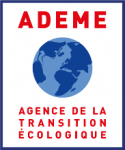 ADEME
ADEME 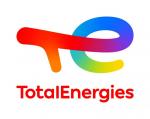 TotalEnergies
TotalEnergies  Nokia Bell Labs France
Nokia Bell Labs France  Institut Sup'biotech de Paris
Institut Sup'biotech de Paris 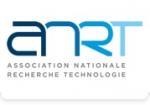 ANRT
ANRT 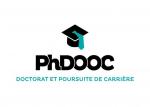 PhDOOC
PhDOOC  ASNR - Autorité de sûreté nucléaire et de radioprotection - Siège
ASNR - Autorité de sûreté nucléaire et de radioprotection - Siège  Ifremer
Ifremer

